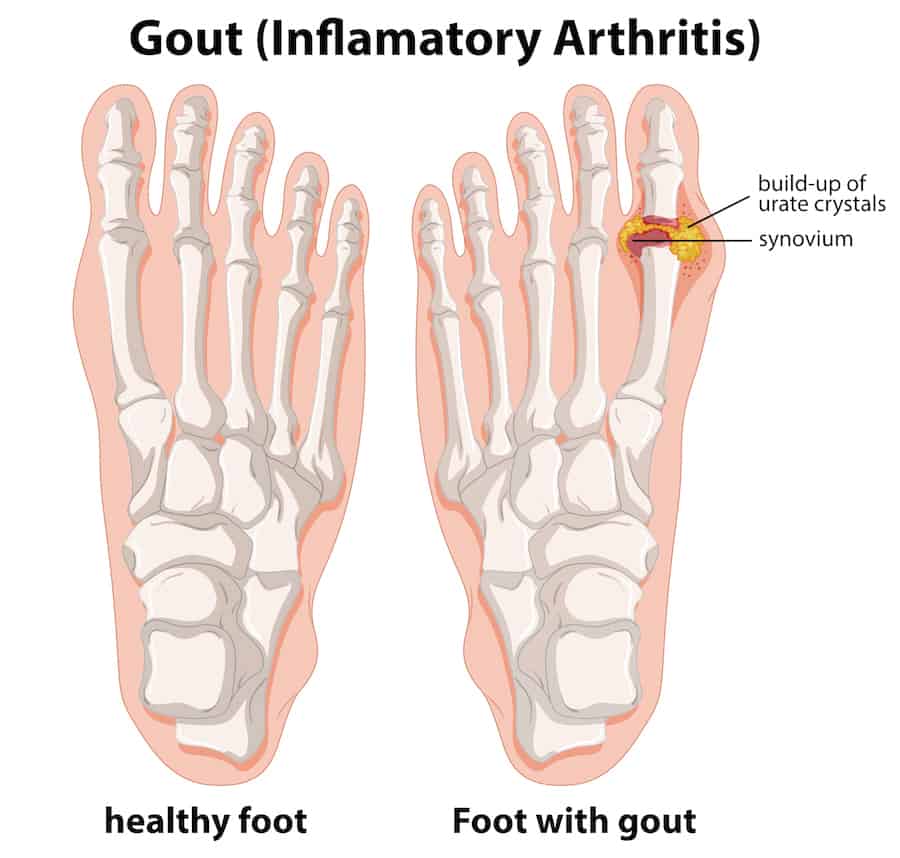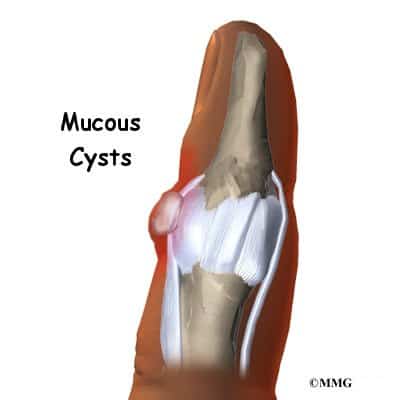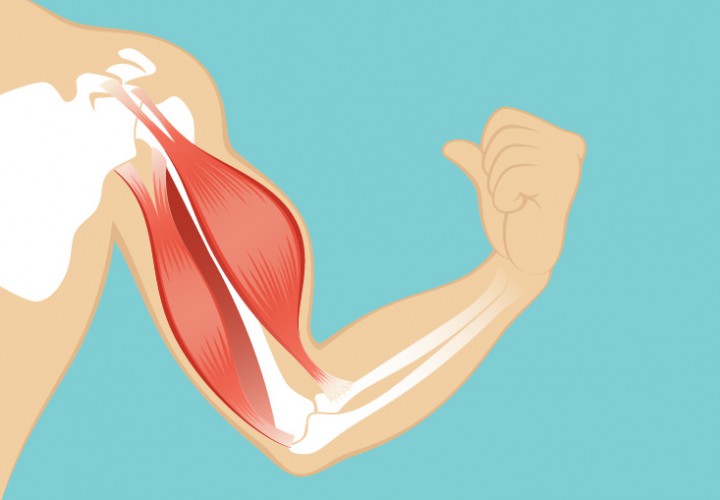May is considered to be National Arthritis Awareness Month. Its hope is to bring awareness to arthritis, the need for advocacy/research, and encourage physical activity. Arthritis is a common condition that can occur to anyone, and can be debilitating. It is the leading cause of disability and affects 1 in 4 American adults (that’s 54 million!). Half of people with arthritis have limitations in walking, bending, or lifting items. Arthritis also accounts for approximately $81 billion in medical costs annually. Today we are going to go over the different types of arthritis, risk factors, things to look out for, and treating/managing arthritis.
What is arthritis?
Arthritis is a general term used to describe the condition of joints or the different types of tissues that surround the joint. There are many types of arthritis that may cause pain and stiffness, and some may even affect your immune system and other organ systems of your body.
What are the common types of arthritis?
The most common is known as osteoarthritis, which some people may recognize as degenerative joint disease or the “wear and tear” arthritis. It occurs most frequently in hands, knees, and hips and can cause pain, stiffness, and swelling. It can be characterized with morning stiffness that lasts less than 30 minutes, or progressively gets better as the person starts moving around.
Another type of arthritis is rheumatoid arthritis, which is an autoimmune and inflammatory disease. The body attacks health cells by mistake and causes damage to joint tissue, which can cause painful swelling in parts of the body. The pain and stiffness associated with this condition is one that is more chronic, and typically lasts greater than 30 minutes. This can potentially lead to chronic pain, disability, unsteadiness, or deformities. It can affect multiple joints at once with hands, with wrists and knees commonly affected. Alongside affecting joints, it can also affect different organs of the body such as the lungs, heart, and eyes. Rheumatoid arthritis is characterized by periods where symptoms may be worse, and symptoms may be better.
Other common types of arthritis, as noted by the Centers of Disease Control (CDC) include gout, and fibromyalgia, although these conditions can be described under other categories of medical conditions as well.
What is the cause of arthritis?
There is not one specific cause for the many forms of arthritis. However, gout can be attributed to too much uric acid (wastes the body makes which should be eliminated in urine) in the body. Scientists are studying the role of factors such genetics, lifestyle, and environment in the different types of arthritis to learn more about causes and risk factors.
What are risk factors of arthritis?
Risk factors are certain conditions that may increase your risk of acquiring something. For arthritis, risk factors include:
Risk factors that can be controlled
Overweight and obesity
Infection
Joint injuries
Types of occupation (occupations that require repetitive stress)
Smoking
Risk factors that cannot be controlled
Age. Risk gets greater as you get older
Some types of arthritis are common in children such as juvenile rheumatoid arthritis. Also known as juvenile idiopathic arthritis. Children can present with joint pain, swelling, fever, stiffness, rash, fatigue, loss of appetite, changes in eyes and vision, and difficulty performing activities.
Do remember that arthritis aches and pains are NOT normal parts of aging and should be brought up and discussed with medical professionals.
Gender. Some types of arthritis are more common in women, while some are more common in men.
Genetics
How is arthritis treated and managed?
The goals of treatment include:
Control pain
Minimize joint damage
Improve or maintain physical function
Control inflammation
Your primary care physician and physical therapist can help create a plan that is best for you to address your concerns and limitations.
Can a person with arthritis exercise?
Yes! Exercise is actually highly recommended for people with arthritis to prevent further deterioration in physical function.
Regular physical activity can help address pain and stiffness, give you more energy, and lift your moods.
When starting new physical activity, it can be normal to have some pain and stiffness in the beginning. It can take 6-8 weeks for the joints to get used to the physical activity, but sticking to it can help with long-term pain relief.
Tips in Exercising with Arthritis
When first starting physical activity, it may be best to modify activities by exercising less frequently. Also for shorter periods of time, or with less intensity. Once the person gets used to the exercise, they can gradually increase their activity.
Try different types of exercise to reduce stress on joints
Exercise at a comfortable pace
Have good fitting, supportive shoes
Walking is recommended for all adults
The CDC recommends at least 30 minutes of brisk walking for 5 days of week, AND 2 or more days of muscle strengthening activities.
If 30 minutes at one time may be too much, you can break up your walking sessions throughout your day. For example, you can take a 10 minute walk in the morning, afternoon, and evening.
When to see a medical professional
Experiencing pain that is sharp, stabbing, or constant
Pain that is causing limping
Pain that lasts more than 2 hours or gets worse at night
Swelling/Pain that does not get better with rest, medication or ice/heat packs
Joints feel “hot” or are red, rashes appear around joints, large increases in swelling
What can Physical Therapy do for arthritis?
Physical therapists are highly trained health care professionals who are “movement experts”. This means they can help design a plan that addresses your concerns of pain and mobility, while also getting you back to your activities. They help create plans to increase your strength with a tailored strengthening program, increase your endurance and balance, educate patients on energy conservation techniques, as well as modify activities. They can also provide drug-free alternatives to control and manage your pain. This will help you function at your absolute best. If you have any concerns or issues with your ability to move and participate in your regular daily activities, speak up at your next healthcare provider appointment to get you in touch with the right resources to get you to a better you.



